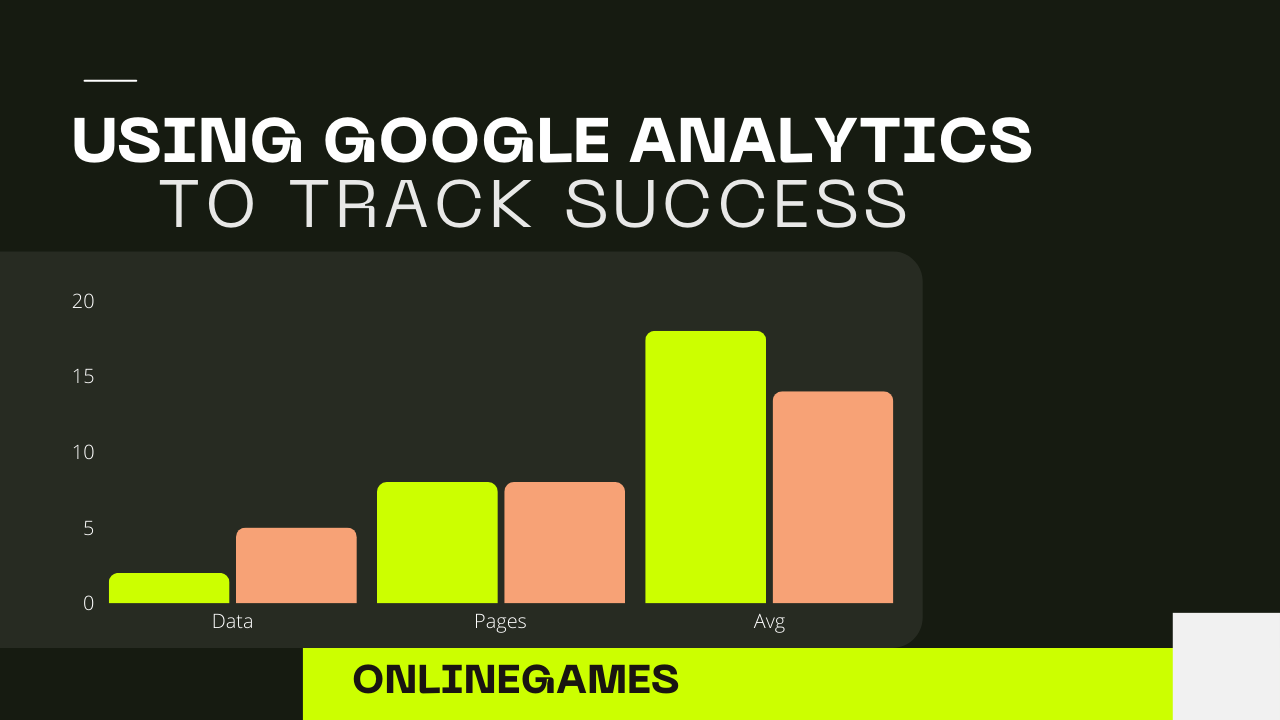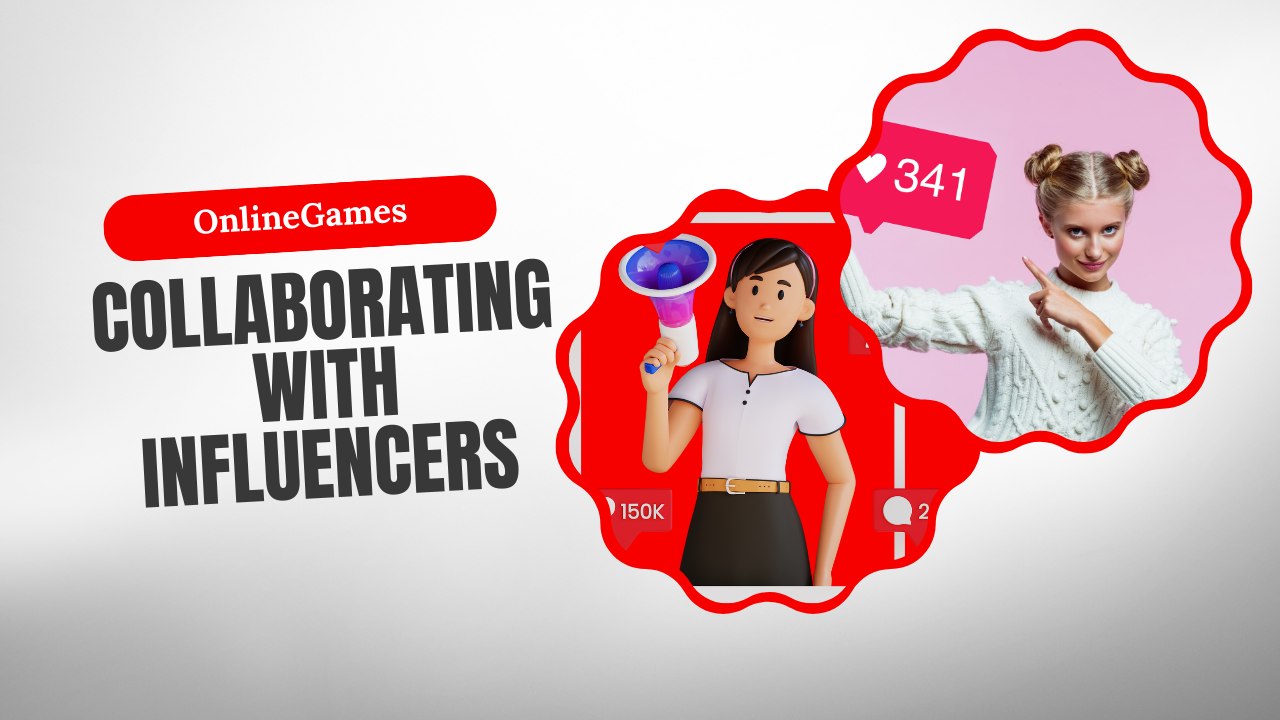In the rapidly evolving digital landscape, creating effective landing pages is crucial for driving conversions and enhancing user experience. A well-designed landing page can significantly influence the success of your marketing campaigns. This guide delves deep into the intricacies of crafting landing pages that not only captivate your audience but also convert visitors into loyal customers.
Understanding the Essence of Landing Pages
Landing pages serve as the cornerstone of online marketing efforts. Unlike regular web pages, landing pages are designed with a single focus in mind: conversion. Whether it’s capturing leads, selling products, or promoting services, the objective is clear and measurable.
Key Elements of a High-Converting Landing Page
- Compelling Headline The headline is the first thing visitors see. It should be clear, concise, and compelling enough to grab attention instantly. A powerful headline communicates the core message and entices the user to read further.
- Engaging Subheadline The subheadline supports the main headline by providing additional context. It should encourage curiosity and motivate the visitor to explore the page content.
- Effective Use of Images and Videos Visual elements such as images and videos can significantly impact user engagement. Use high-quality, relevant visuals to complement your text and convey your message more effectively.
- Concise and Persuasive Copy The copy on your landing page should be brief yet impactful. Focus on the benefits rather than the features, and address the pain points of your audience. Use bullet points and short paragraphs to enhance readability.
- Strong Call-to-Action (CTA) The CTA is the heart of your landing page. It should be prominent, action-oriented, and encourage immediate action. Phrases like “Get Started Now,” “Sign Up Today,” or “Download Free” can create a sense of urgency.
- Social Proof Incorporating testimonials, reviews, and case studies can build trust and credibility. Showcase positive feedback from satisfied customers to persuade new visitors to take action.
- Minimalistic Design A clutter-free design with plenty of white space ensures that visitors focus on the main elements. Use contrasting colours for CTAs and important information to make them stand out.
- Responsive and Fast-Loading Ensure your landing page is mobile-friendly and loads quickly across all devices. A slow or unresponsive page can deter potential customers and increase bounce rates.
Crafting the Perfect Headline
The headline sets the tone for your landing page. It should be attention-grabbing and resonate with your target audience. Use powerful words and phrases that evoke emotions and curiosity. A/B testing different headlines can help you identify which version performs best.
Examples of Effective Headlines
- “Unlock Your Potential: Discover the Ultimate Guide to Success”
- “Transform Your Business Today: Join Thousands of Satisfied Clients”
- “Experience Unmatched Quality: Get Your Free Sample Now”
The Art of Persuasive Copywriting
Writing persuasive copy is essential for converting visitors. Use a conversational tone and focus on the needs and desires of your audience. Highlight the unique selling propositions (USPs) of your product or service, and explain how it can solve the user’s problem or improve their life.
Key Copywriting Techniques
- Use Emotional Triggers: Words that elicit emotions can make your copy more compelling.
- Be Specific: Specificity builds credibility. Use exact numbers, dates, and benefits.
- Create a Sense of Urgency: Phrases like “Limited Time Offer” or “Only 10 Left” can prompt immediate action.
Designing for Conversion: Visual and UX Elements
A visually appealing landing page with a user-friendly interface can significantly enhance user experience and boost conversions. Use a clean layout with strategically placed elements that guide the user towards the desired action.
Best Practices for Landing Page Design
- Consistency: Maintain a consistent colour scheme and typography throughout the page.
- White Space: Use white space effectively to make the page look organized and professional.
- Visual Hierarchy: Arrange elements in a way that directs the user’s attention to the most important parts.
Optimizing Your Call-to-Action (CTA)
The CTA is the final push that converts a visitor into a customer. It should be clear, concise, and visually distinct from other elements on the page. Use actionable language that tells the visitor exactly what to do next.
Tips for Effective CTAs
- Use Contrasting Colors: Ensure the CTA button stands out from the background.
- Placement: Place the CTA above the fold and at the end of the content.
- Create Urgency: Use words that convey urgency and immediate benefit.
The Role of Social Proof
Social proof is a powerful tool for building trust and credibility. Showcasing testimonials, reviews, and case studies from real customers can convince potential buyers of the value and reliability of your product or service.
Types of Social Proof to Include
- Customer Testimonials: Short, genuine feedback from satisfied customers.
- Case Studies: Detailed success stories that demonstrate the effectiveness of your product or service.
- Ratings and Reviews: Display average ratings and individual reviews to build trust.
Ensuring Mobile Responsiveness and Fast Load Times
In today’s mobile-first world, ensuring your landing page is responsive and loads quickly on all devices is essential. Use responsive design techniques and optimize images and scripts to reduce load times.
Techniques for Optimization
- Responsive Design: Use flexible grids and layouts that adapt to different screen sizes.
- Image Optimization: Compress images without losing quality to speed up load times.
- Lazy Loading: Load images and videos as the user scrolls down the page to improve initial load speed.
Testing and Analyzing Performance
Continuous testing and analysis are critical to improving the performance of your landing page. Use A/B testing to experiment with different headlines, CTAs, and designs. Analyze the results to identify which elements contribute most to conversions.
Metrics to Monitor
- Conversion Rate: The percentage of visitors who complete the desired action.
- Bounce Rate: The percentage of visitors who leave the page without taking action.
- Average Time on Page: How long visitors stay on your landing page.
Creating effective landing pages requires a combination of strategic planning, compelling content, and optimized design. By focusing on clear headlines, persuasive copy, strong CTAs, and trust-building elements, you can significantly enhance your landing page’s ability to convert visitors into customers. Regular testing and optimization will ensure that your landing pages remain effective in driving conversions.










